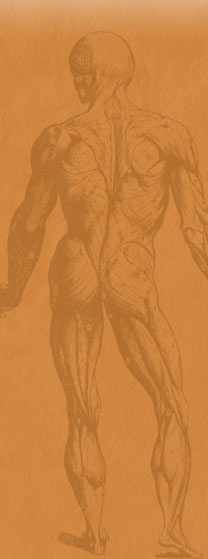 Inter-examiner Agreement on the Presence or Absence of Regional Somatic Dysfunction.
Inter-examiner Agreement on the Presence or Absence of Regional Somatic Dysfunction.
Hypothesis
Can participants who receive standardized training in Osteopathic palpatory diagnosis demonstrate a high degree of inter-examiner reliability?
Introduction
Past studies have shown variable (and generally poor) agreement between examiners when performing tests to assess patients for somatic dysfunction We studied inter-examiner agreement amongst 65 Osteopathic practitioners and students who attended a 3-day Osteopathic training course. Participants were asked to perform a complete screening exam of all body regions, document findings from standardized tests taught at the course and record the presence or absence of somatic dysfunction. Two participants separately examined one subject to determine if the diagnosis of somatic dysfunction was reproducible. Findings from the tests were also compared.
Methods
Osteopathic practitioners and students were arranged in groups of 3 consisting of 2 examiners and 1 subject. The examiners were blinded to each other’s findings. Both examiners performed the same structural exam and recorded his/her findings using the same criteria for tests of motion and tissue texture changes. Eight body regions were examined (head, cervicals, thoracics, lumbars, sacropelvis, costal cage, upper extremity, lower extremity). Data analysis determined the percent examiners agreed on the diagnosis of somatic dysfunction in each region as well as the findings to support that diagnosis.
Results
There was an overall 74% agreement in the diagnosis of somatic dysfunction with the highest agreeability of 85% in the lower extremity and the lowest of 57% in the lumbar region. For the tests to determine motion asymmetry overall agreement was 91% with the range between 95% and 87%. For tests to determine tissue texture changes the overall agreeability was 94% with the range between 95% and 88%.
Conclusion
Participants in an Osteopathic training course who receive standardized instruction in the assessment and documentation of somatic dysfunction can demonstrate a high level of inter-examiner agreement for both the diagnosis of somatic dysfunction and the findings to support that diagnosis



